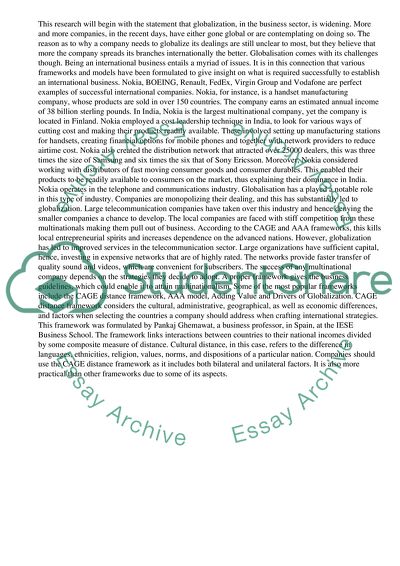Cite this document
(“The CAGE and AAA Models as the Drivers of Globalization Essay - 3”, n.d.)
The CAGE and AAA Models as the Drivers of Globalization Essay - 3. Retrieved from https://studentshare.org/business/1461095-international-business-essay-plan
The CAGE and AAA Models as the Drivers of Globalization Essay - 3. Retrieved from https://studentshare.org/business/1461095-international-business-essay-plan
(The CAGE and AAA Models As the Drivers of Globalization Essay - 3)
The CAGE and AAA Models As the Drivers of Globalization Essay - 3. https://studentshare.org/business/1461095-international-business-essay-plan.
The CAGE and AAA Models As the Drivers of Globalization Essay - 3. https://studentshare.org/business/1461095-international-business-essay-plan.
“The CAGE and AAA Models As the Drivers of Globalization Essay - 3”, n.d. https://studentshare.org/business/1461095-international-business-essay-plan.


